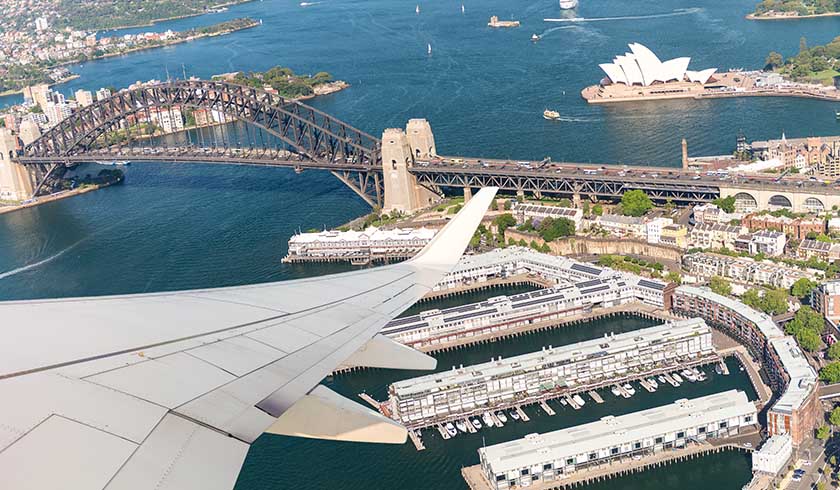How immigration will drive Australia’s 10-year housing needs
After two years of curtailed arrivals on Australia’s shores, immigration is now picking up steam, and one market watcher says it will set the tone for housing demand in the decade ahead.

According to Pete Wargent, co-founder of buyer’s agent marketplace BuyersBuyers, said that a recipe of factors would contribute to incoming residents having an outsized impact on Australia’s housing needs.
“From 2006 to 2020, the average population growth rate in Australia was 1.7 per cent, which today would imply population growth of close to 450,000 per annum,” Mr Wargent noted.
But with borders shut, the population growth over the past year had dropped to over 0.3 per cent. Mr Wargent doesn’t expect that pre-pandemic growth levels will return soon, but he noted that “even a return to 1.5 per cent population growth equates to an increase of nearly 400,000 per annum. In turn, creating a huge demand for housing at a time when construction costs are sky high, and stock levels are extremely tight,” Mr Wargent said.
BuyersBuyers chief executive Doron Peleg agreed, adding that low unemployment rates would likely spur private and public entities to incentivise the import of new labour.
“The headline unemployment rate of 3.85 per cent is the lowest we have seen in half a century, and in some parts of the economy, this has led to skills shortages, such as in retail, nursing, and aged care roles, for example,” Mr Peleg noted.
Mr Wargent added that “there are plenty of anecdotal indicators of staff shortages at retail outlets, with many shops advertising urgently for new applicants to fill vacant roles, while surveys of job vacancies continue to report exceptionally high rates of vacancy”.
He said it was likely that the country’s new government would look to increase the number of skilled migrant workers to address labour shortages, and residency may be offered to temporary visa holders to boost permanent settlement.
“We already know that Labor wants to increase the number of nurses in aged care homes and doctors in the healthcare sector, and in the short term, this must mean more recruiting from overseas, until domestic training programmes can be developed in time,” Mr Wargent said.
And he posited that avenues might be opened to offer residency to international students, as it faces increased competition in attracting students from overseas.
“Australia has for many years been a popular destination for students, but the national relationship with China has cooled, and Australia is now competing with Canada, the UK, and other key education hubs as a destination of choice for the best and brightest students around the world, especially those hailing from India,” Mr Wargent said.
Incentivising a larger student population from outside Australia – and providing them with the opportunity to stay on – will only add to the needs placed on housing in the coming years.
“Australia has been seen as a popular, wealthy, and safe destination for migrants over recent decades, and despite cost-of-living challenges, the new government should comfortably be able to fill an increased migration programme if that’s what it chooses to do,” Mr Wargent said.
“It wouldn’t be a surprise to see population growth returning to above 350,000 per annum fairly quickly, and a million new people every three years requires a great deal of investment in housing.”